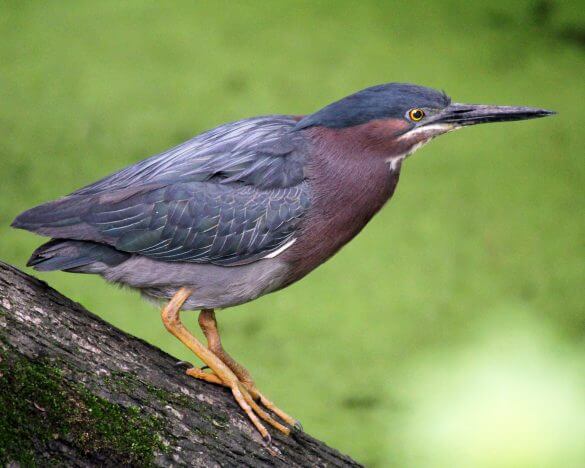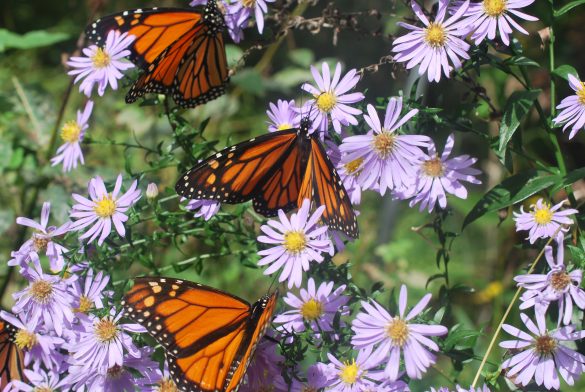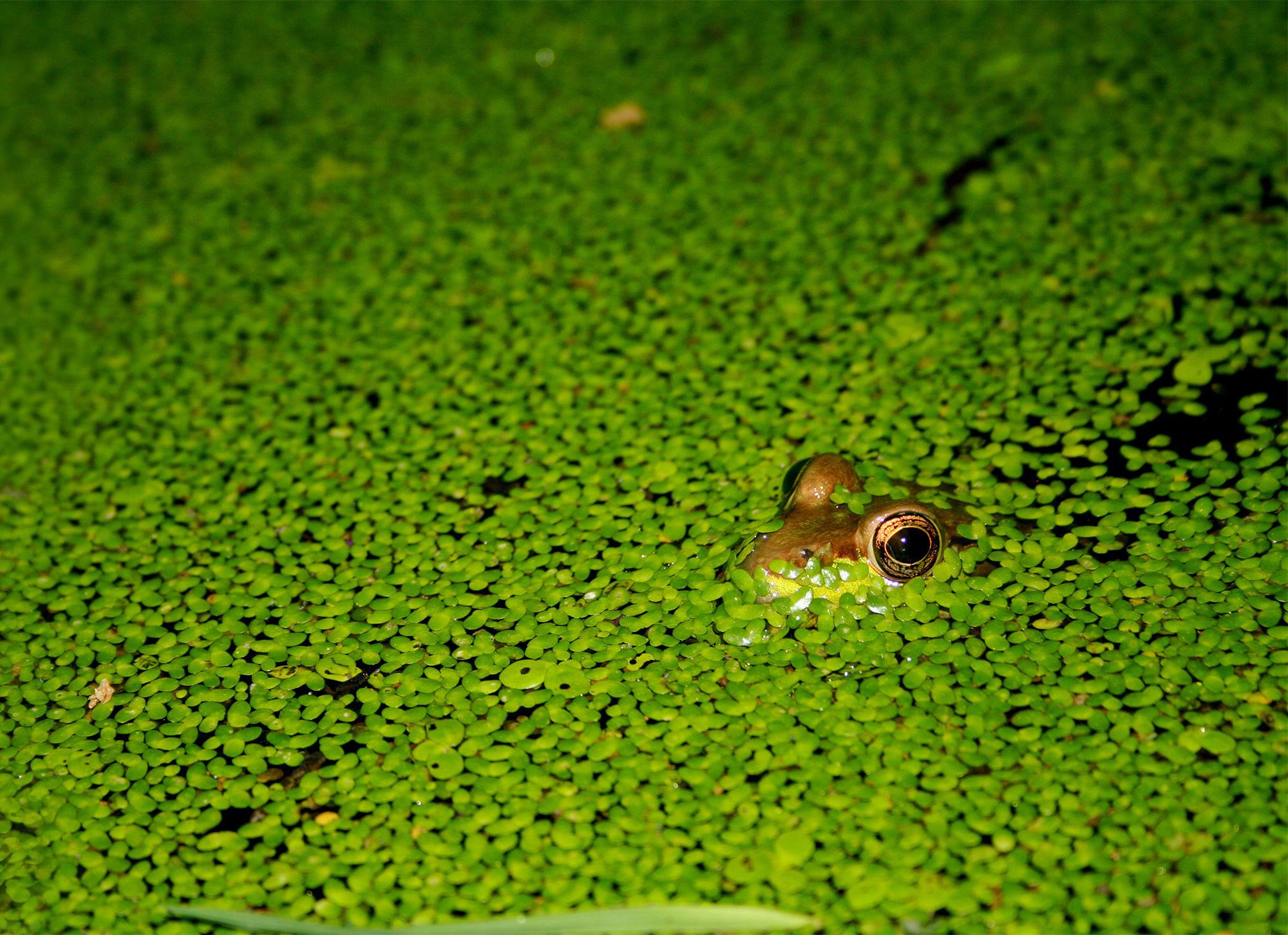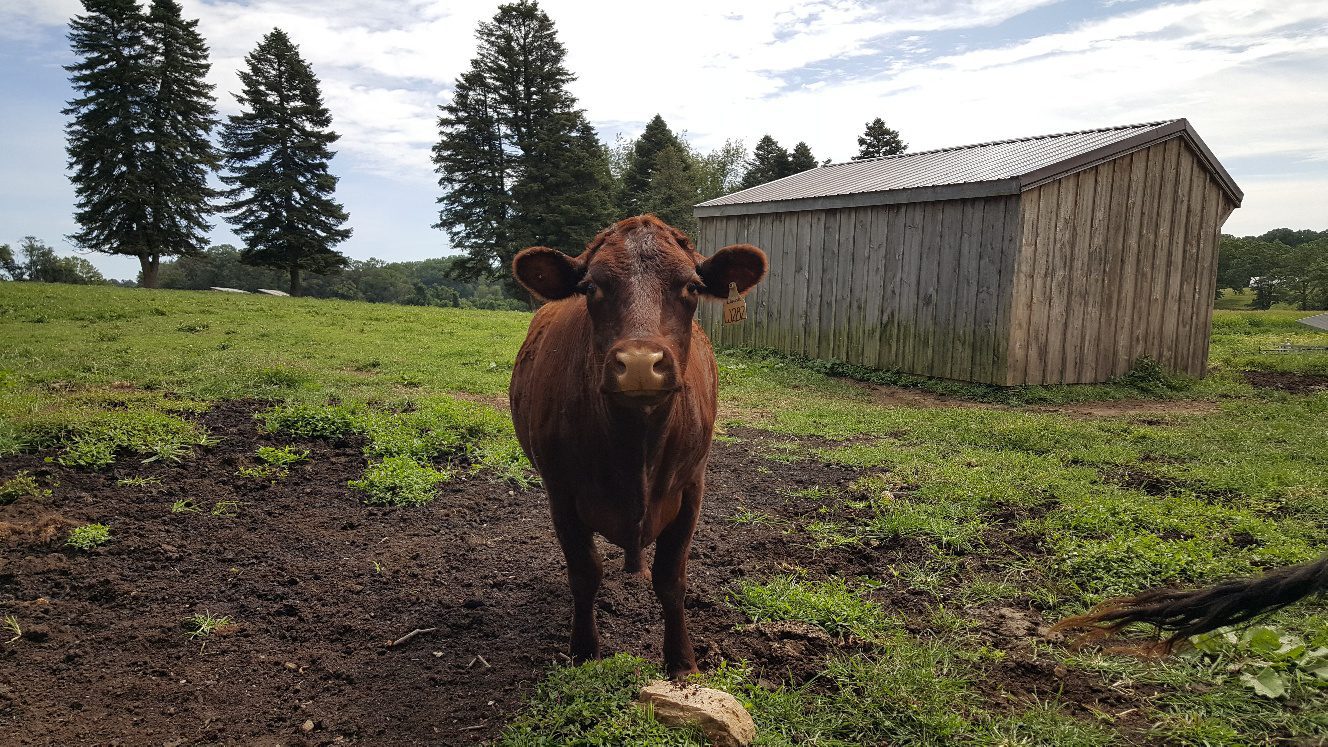Delaware Nature Society – a history of land preservation through carefully managing nearly 2,000 acres of land in Delaware. We’re managing land for biodiversity, ensuring a thriving diversity of our unique native plants and animals. We’re managing land for clean water the healthier people, plants, and wildlife. We manage lands for:
Bird Conservation Endangered Species Clean Water Soil & Food Production
Our Land Management Focus
We conduct surveys on all locations to support our conservation efforts of rare plants, animals, and their habitats. To guide land management operations, we develop annual Land and Biodiversity Management Plans for each location. We strive to reduce the impacts of invasive alien vegetation with as little disruption to natural communities as possible. The creation and restoration of native habitats include wetlands, riparian and upland woodlands, and native grasslands.
Renowned for our educational programming, we provide access to a variety of natural habitats by creating and maintaining well-defined trails and teaching areas. We also offer land management consultation to surrounding landowners. View the lands we manage and/or preserve.
Managing Land for Bird Conservation
Many bird populations are experiencing a drastic decline in recent years. Habitat conservation is critical to reversing the declines of these bird species. Restoration of habitats has been undertaken on the sites to provides crucial habitat for a large variety of migratory and nesting birds.
Learn more about Bird Conservation
Lands that showcase our management of land for bird conservation:

Managing Land for Biodiversity & Endangered Species
Managing the land to protect and conserve our regions native biodiversity is a high priority at the Delaware Nature Society. Staff and other professional biologist conduct extensive surveys of the flora and fauna and the habitats in which they live. This baseline information guides annual and long term management plans for each site. A variety of land and biodiversity management techniques and strategies are employed to insure that the all habitats on our properties are conserved to the highest level possible thus providing quality habitat for native flora and fauna.

Learn more about Habitat Restoration Managing for Monarch Butterflies
Lands that showcase our management of land for biodiversity and endangered species:
Coverdale Farm Middle Run Isaacs Isaacs-Greene Marvel Saltmarsh
Managing Land for Clean Water
The quality of springs, streams and wetlands is essential for the health of our natural world. Our native plants and animals depend on clean, unpolluted water for their survival. In addition clean water is needed by humans for drinking, agriculture and recreation. The management plans that are developed for Delaware Nature Society lands consider protecting and improving water quality a very high priority. Woodland and meadow buffers have been planted to help filter and slow the flow of water runoff from upland areas. The trees that are planted along streams also reduce direct sunlight reaching the water thus lowering water temperatures. These buffers can also reduce flooding downstream during large rain events by dissipating the amount and energy of flood waters.
Learn about and join these innovative programs that support management of land for clean water:

Lands that showcase our management of land for clean water:
Ashland DEEC Middle Run Isaacs
Managing Land for Soil Health & Food Production
Regenerative farming focuses on land management practices that protect soil and minimize the impact on critical natural areas. We see it as one step further than sustainable agriculture as the end result is not only growing healthy food but improving the environment.
